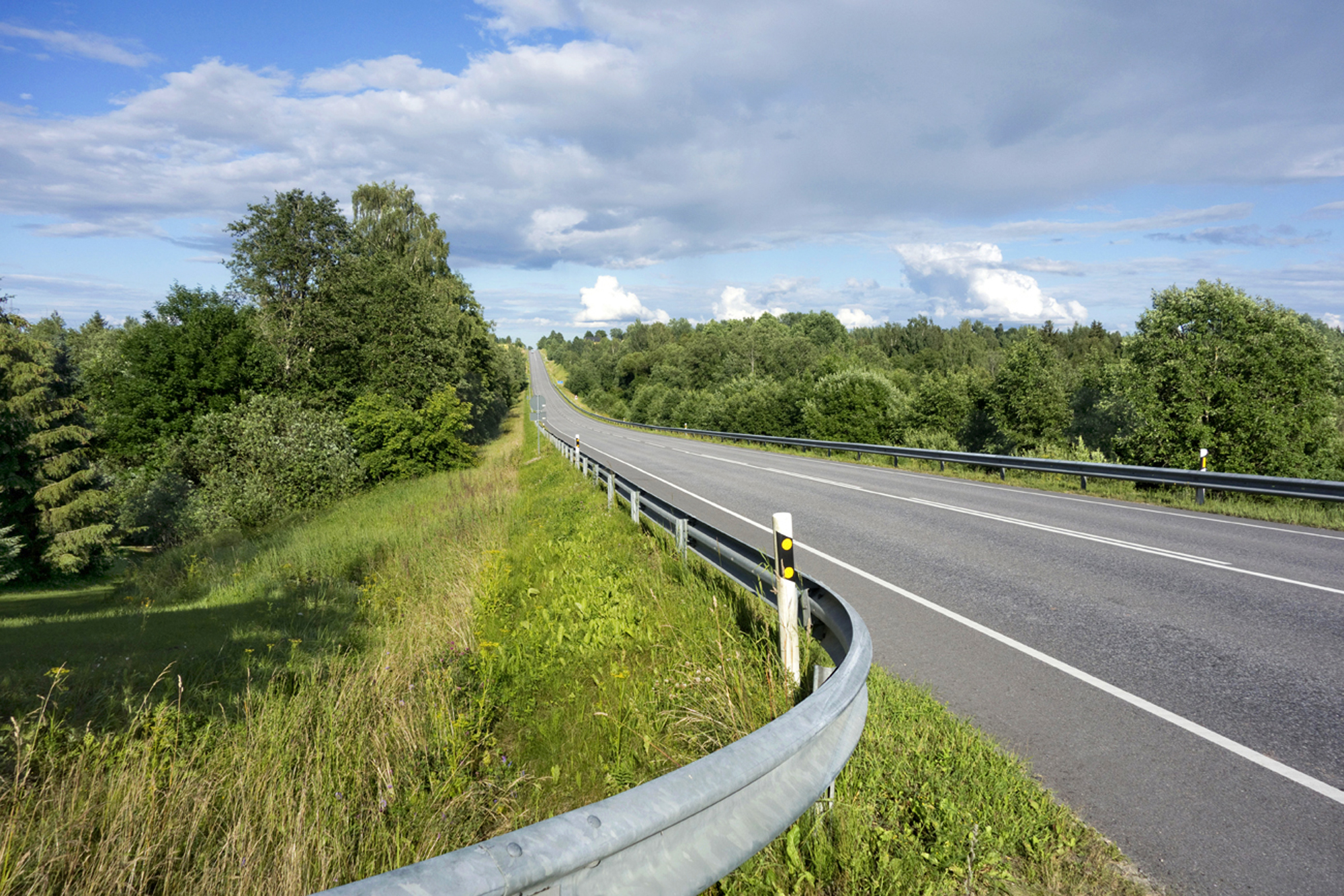Kavilda primeval valley and Siidrelinn, Kavilda Alexander Nevski Church and Kave spring

We leave Puhja towards Kavilda where the Tartu–Viljandi road takes us through Kavilda to a primeval valley. The 20 km long Kavilda or Soova primeval valley runs from Elva to the lowlands of River Emajõgi.
In the past, getting through the steep-sloped valley with a horse and cart or any other means of transport was a proper venture. The valley has been called the Horse Death ─ the animal had to be led by reins to keep it from serious injury. Another danger in the valley were highwaymen for whom the slowly moving market carts were easy pickings. No wonder that the Kavilda parish was known as Robbers’ parish.
Kavilda river (brook) running through the valley starts in Verevi lake in Elva and flows into River Emajõgi. Although not very long, Kavilda river nevertheless has many names: Soova brook, Rämsi brook, Nasja brook, Pensa ditch.


According to a legend, there used to be an ancient hill fort ─ Siidrelinn, by the left side of the road, on the western bank of the primeval valley when coming from Puhja. About a hundred metres separate the road and the hill fort. Later, the medieval Kavilda (Cawelecht) vassal stronghold stood on the same spot. The stronghold and the manor were both mentioned in written sources in late 15th century, but were probably built much earlier. For a long time, Kavilda stronghold used to belong to the aristocratic Baltic German Tiesenhausen family.
The structure was destroyed during the Livonian War, only the stone foundation has survived.

A lovely view opens to the traveller from up top. There is a place for a swing and for dancing.
We now cross the road and walk a bit back until the fork in the road, and head for the Kavilda Russian Orthodox church.


Kavilda Alexander Nevski Church is a sorry sight. Old spires, taken off the onion domes are lying in tall grass by the church, looking like big crumbling puffballs. The church was built in 1873 and was badly damaged in war in 1944; the congregation gradually disappeared as well.
Nearby are the vicarage, granary, sexton’s house and other buildings that belonged to the manor.
Before moving on, we go to the holy Kavilda spring along Vana-Kavilda road. Kavilda primeval valley is rich in springs. The best known is Kave spring, right by the first fork in the road.
Our forebears believed that the water in Kave spring has the power to cleanse, rejuvenate and heal. An orthodox priest used to bless the water with his silver cross, and the water was taken to the church.
Kave spring is a popular destination also today. As offerings, people throw coins into water, bathe their face in the holy water and take some with them for drinking. We do the same.
Daila Aas, 2020
Sources
Juhani Püttsepp, Kavilda ürgorg: allika- ja ohurikas. ─ „Eesti Loodus” nr. 1, 2020.
Kristel Vilbaste, „Eesti allikad”, Tallinn, kirjastus Varrak, 2013.
Mikk Sarv, „Maa=Ilm”, Tallinn, kirjastus Varrak, 2018.
https://register.muinas.ee/public.php?menuID=monument&action=view&id=7246
https://register.muinas.ee/public.php?menuID=archivalmaterial&action=view&id=4399
https://www.eelis.ee/?comp=objresult=yrg&obj_id=1042620044
